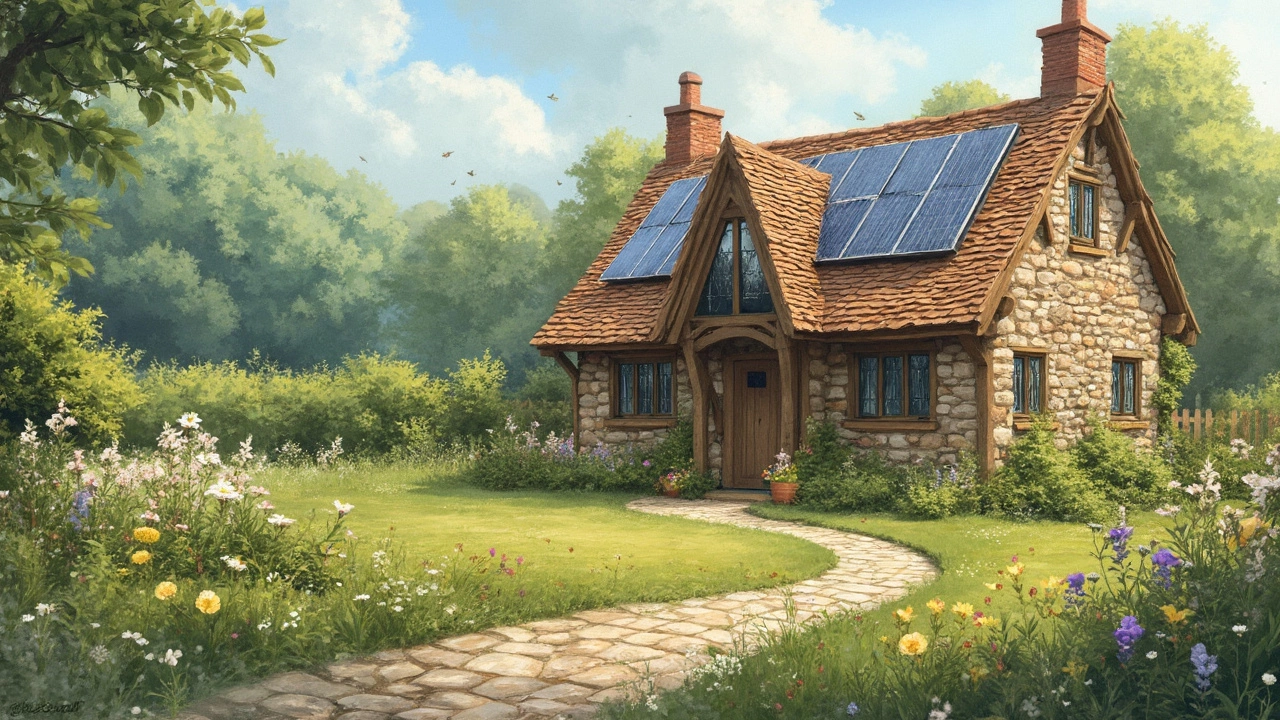Energy‑Efficient Design: Simple Steps for a Greener Stay
Want to lower your energy bills and cut your carbon footprint without turning your cottage into a laboratory? You’re in the right place. Below you’ll find down‑to‑earth ideas that work for traditional country cottages, glamping tents, tiny eco‑houses and even a city apartment.
Why Energy Efficiency Matters
First off, energy‑efficient design saves money. A well‑insulated roof or a smart heating system can shave 20‑30% off heating costs during a cold UK winter. Second, it reduces the strain on the grid, which means fewer emissions and cleaner air for everyone. Finally, greener buildings attract more guests – many travellers now search for “eco‑friendly cottages” or “sustainable glamping”. So making those upgrades isn’t just good for the planet, it’s good for business.
Practical Design Tips You Can Use Right Now
1. Insulate, insulate, insulate. The easiest win is upgrading wall and loft insulation. Even a thin layer of sheep‑wool or recycled denim can stop heat from leaking out. For glamping tents, look for double‑wall or insulated canvas models – they keep the interior warm without a giant heater.
2. Choose the right windows. Triple‑glazed windows cost a bit more up front but pay for themselves in lower heating demand. If you’re renovating a cottage, consider secondary glazing as a cheaper alternative. For tiny houses, low‑emissivity (low‑E) glass is a must.
3. Use renewable energy sources. Solar panels are now small enough to fit on a shed roof or the side of a glamping pod. Pair them with a battery storage system and you can run lights, a mini fridge or a low‑power heater off the grid. Even a single solar-powered lantern makes a big difference at night.
4. Install smart thermostats. A thermostat that learns your schedule can cut heating waste by up to 15%. Most models work with a simple app, so you can lower the temperature while guests are out or when the cottage is vacant between bookings.
5. Pick sustainable building materials. Avoid products that trap chemicals or create waste. Instead, opt for reclaimed timber, hempcrete, or straw‑bale walls. Our article on "Eco‑Unfriendly Building Materials" explains which products to steer clear of.
6. Upgrade lighting. Switch every bulb to LED – it uses a fraction of the electricity and lasts years longer. For a cosy feel, choose warm‑tone LEDs; they mimic the glow of traditional filament bulbs.
7. Manage water wisely. Low‑flow taps and showerheads shave hot water usage, which in turn reduces energy needed for heating. If you have a garden, a rain barrel can supply irrigation without extra pump power.
These steps don’t have to happen all at once. Start with the low‑cost changes – insulation, LED lighting, smart thermostats – and watch the savings roll in. As revenue improves, reinvest in bigger projects like solar arrays or high‑performance windows.
When you combine these upgrades with a clear story on your website, you’ll attract travellers who value sustainability. Mention specific actions – “our cottages have triple‑glazed windows and solar‑powered lighting” – and watch the bookings rise. Energy‑efficient design isn’t just a buzzword; it’s a practical way to make your property cheaper to run, more comfortable for guests, and kinder to the planet.
